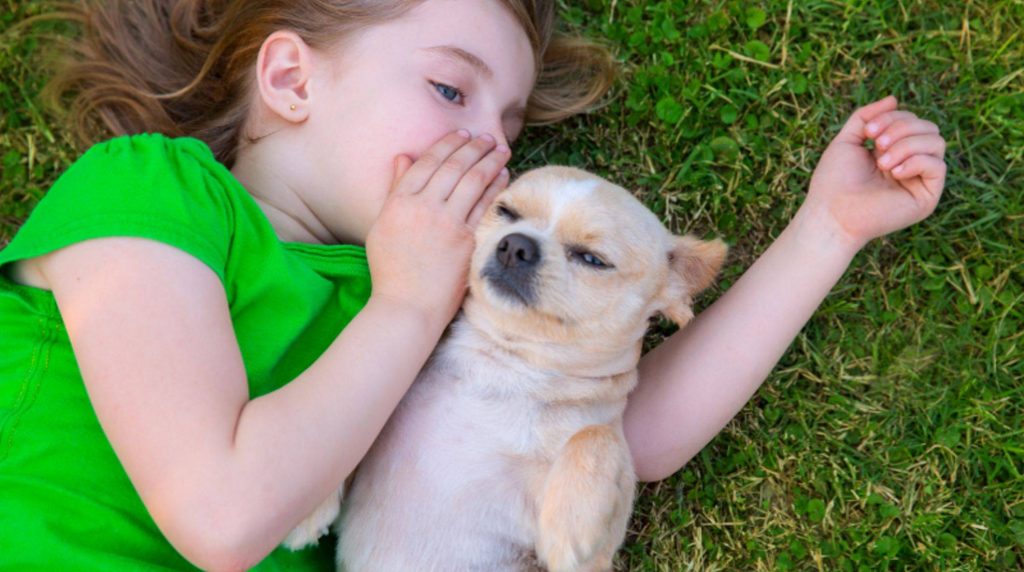Talking to the dog – we all do that, and that’s a good thing. To ensure that communication between humans and dogs runs smoothly and without misunderstandings, dog owners should heed the following five tips.

Every dog owner should deal extensively with the topic “dog language.” This differs from humans since dogs, for example, do not primarily communicate with their voice but much more through body language. Nevertheless, you must use your voice skillfully and speak to the dog.
- Communicate positive things about the right sound
Dogs don’t understand our words unless they are learned commands; on the other hand, they know our voice and the sound of our terms better than we humans do. It is essential that your dog primarily associates something positive with what you say to him and, as a result, likes to hear from you. If you constantly scold your dog in a loud, harsh voice, don’t be surprised if the dog turns away. He doesn’t associate the owner’s representative with anything positive or motivating.
- The sound makes the music
You can take advantage of dogs paying more attention to the sound by choosing the tone (e.g., happy, demanding, profound) to match what you want to achieve. Couple your statement or command, such as “come” or “no,” with the right tone so your dog can better understand what you’re asking them to do. Eye contact and, if necessary, gestures that underpin your intention are also meaningful.
- Please don’t talk too loud
Dog hearing is excellent. Noises that are too loud can cause pain in a four-legged friend. Therefore, you mustn’t yell at your dog or speak to it in a loud voice. Try to keep your voice as evenly as possible at room volume indoors.
- Keep speeches as short as possible
If you are talking to the dog and want something specific from him or are training him, you should not confuse him with too many words. Short, concise, and unambiguous speeches with the right tone are the better means here, as efficiency is at stake here.
- Chat with the woof
However, this does not mean that you cannot tell your dog a little about your everyday life. You have to differentiate between an announcement and a relaxed “exchange”: A calm, telling voice from the master or mistress towards the dog is not wrong if you are not demanding a specific thing from your fur nose or giving commands. Your dog will quickly understand that you are not demanding anything of him and will relax and give in to your voice and ideally feel included and important.









